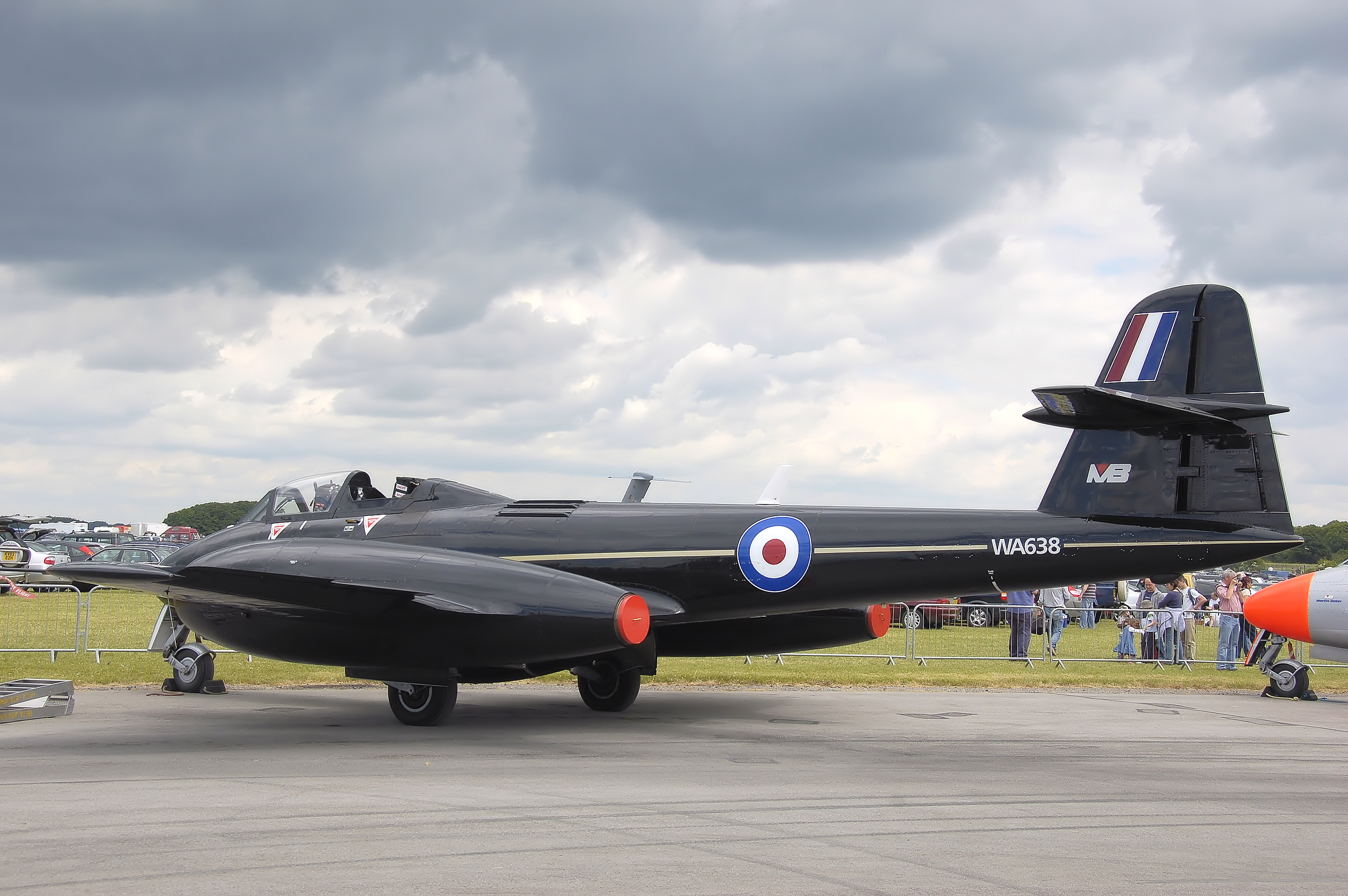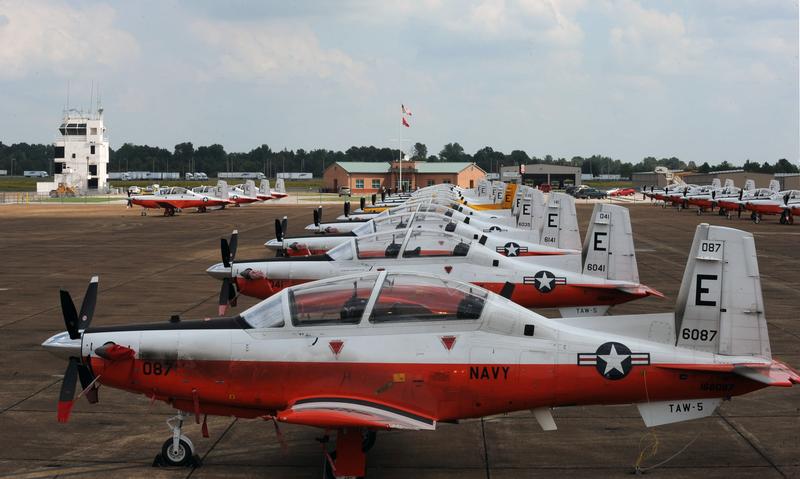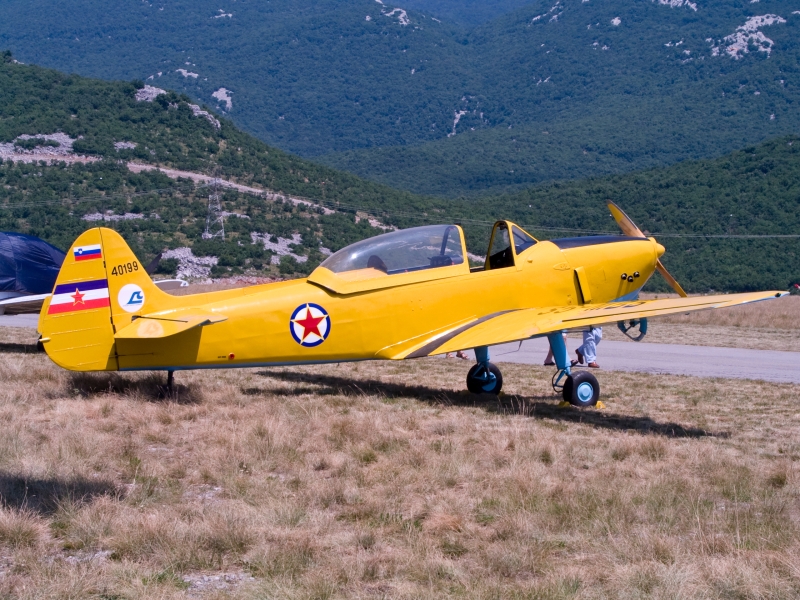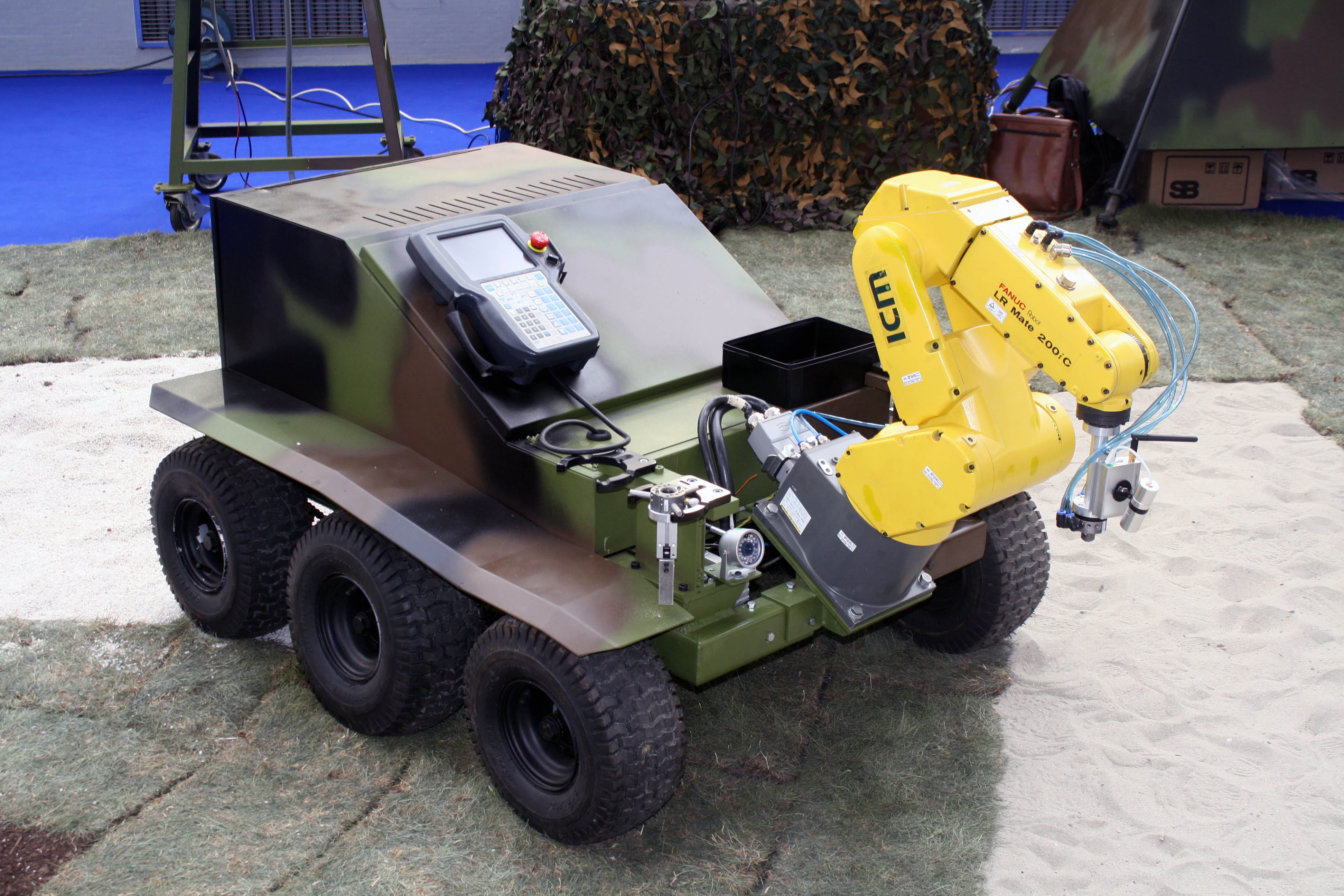|
Kobac
The UTVA Kobac (English: ''Sparrowhawk'') was a prototype Serbian single-engine, low-wing tandem-seat turboprop training/light attack aircraft manufactured by Pančevo based UTVA Aviation Industry and designed by the Military Technical Institute. Revealed as a mockup on 02 September 2012 during the Batajnica 2012 Air Show, the aircraft's first flight was planned for 2013, but was never realized. Design Concept Based on the proven UTVA Lasta 95P-2 tandem two-seat low-wing trainer, the Kobac promised a maximum speed and was intended to serve the Serbian Airforce and export customers with advanced training in all weather conditions. Equipped with the capability to conduct border patrols and strikes against ground-based targets, the aircraft was touted as a close air support, counterinsurgency, and reconnaissance aircraft similar to the Super Tucano and Texan II. The Kobac concept envisioned modifications to the Lasta platform to suit advanced new roles. Most importantly it was ... [...More Info...] [...Related Items...] OR: [Wikipedia] [Google] [Baidu] |
Utva Lasta
The Utva Lasta 95 is a light military trainer aircraft produced by Utva Aviation Industry, subsidiary of Yugoimport SDPR. It is a tandem two-seater low-wing trainer with a metal airframe. The aircraft is capable of basic training functions including aerobatics, instrument and tactical flying, as well as basic training in use of weapons. The first prototype of ''Lasta 1'' flew on 2 September 1985, while the first prototype of the current version, ''Lasta 3'', flew on February 26, 2009. ''Lasta'' is the Serbian word for barn swallow. Design and development The Lasta was originally developed to be a replacement of the Utva 75 and, partially, Soko G-2 Galeb, which had been the most commonly used trainer aircraft of the Yugoslav Air Force up until 1991. The first prototype ''Lasta 1'' was completed by the spring of 1985. Following completion of the initial testing phase, the first flight was achieved on September 2, 1985. In January 1989, design of a modified version – ''Lasta 2'' w ... [...More Info...] [...Related Items...] OR: [Wikipedia] [Google] [Baidu] |
PZL-130 Orlik
The PZL 130 Orlik ( en, Eaglet) is a Polish turboprop, single engine, two seat trainer aircraft. Development and design The Orlik was designed by PZL Warszawa-Okecie as a trainer for the Polish Air Force, intended as a replacement for its PZL-110 Kolibers. It was also designed to meet the US FAR 23 standard. The project was under the supervision of Andrzej Frydrychewicz, head engineer of PZL Warszawa-Okecie. It was fitted with a low-aspect ratio wing to better simulate the handling characteristics of jet fighters.''Air International'' October 1985, pp. 167–170. The aircraft was designed to be powered by a Soviet-designed and built Vedeneyev M14Pm radial engine with the intention of replacing it by a modified Polish built Ivchenko AI-14 engine in production aircraft.''Air International'' October 1985, p.170. The first prototype Orlik flew on 12 October 1984, with a second prototype following in December and a third in January 1985. While the Polish Air Force planned to pow ... [...More Info...] [...Related Items...] OR: [Wikipedia] [Google] [Baidu] |
Embraer EMB 314 Super Tucano
The Embraer EMB 314 Super Tucano (English: ''Super Toucan''), also named ALX or A-29, is a Brazilian turboprop light attack aircraft designed and built by Embraer as a development of the Embraer EMB 312 Tucano. The A-29 Super Tucano carries a wide variety of weapons, including precision-guided munitions, and was designed to be a low-cost system operated in low-threat environments. In addition to its manufacture in Brazil, Embraer has set up a production line in the United States in conjunction with Sierra Nevada Corporation for the manufacture of A-29s to export customers. Design and development During the mid-1980s, Embraer was working on the Short Tucano alongside a new version designated the EMB-312G1, carrying the same Garrett engine. The EMB-312G1 prototype flew for the first time in July 1986. However, the project was dropped because the Brazilian Air Force was not interested in it. Nonetheless, the lessons from recent combat use of the aircraft in Peru and Venezuel ... [...More Info...] [...Related Items...] OR: [Wikipedia] [Google] [Baidu] |
Martin-Baker
Martin-Baker Aircraft Company Limited is a British manufacturer of ejection seats and safety-related equipment for aviation. The company's origins were originally as an aircraft manufacturer before becoming a pioneer in the field of ejection seats. The company's headquarters are in Higher Denham, Buckinghamshire, England, with other sites in France, Italy and the United States. Martin-Baker supplies ejection seats for 93 air forces worldwide."Martin-Basker: About." ''Martin-Baker.'' Retrieved: 31 October 2012. Martin-Baker seats have been fitted into over 200 fixed-wing and rotary types with the most recent being the programme. Martin-Baker clai ... [...More Info...] [...Related Items...] OR: [Wikipedia] [Google] [Baidu] |
Beechcraft T-6 Texan II
The Beechcraft T-6 Texan II is a single-engine turboprop aircraft built by the Raytheon Aircraft Company (Textron Aviation since 2014). A trainer aircraft based on the Pilatus PC-9, the T-6 has replaced the United States Air Force's Cessna T-37B Tweet and the United States Navy's T-34C Turbo Mentor. The T-6A is used by the United States Air Force for basic pilot training and Combat Systems Officer (CSO) training, the United States Navy and United States Marine Corps for primary Naval Aviator training and primary and intermediate Naval Flight Officer (NFO) training, and by the Royal Canadian Air Force (CT-156 Harvard II designation), Greek Air Force, Israeli Air Force (with the "Efroni" nickname), and Iraqi Air Force for basic flight training. The T-6B is the primary trainer for U.S. student naval aviators (SNAs). The T-6C is used for training by the Mexican Air Force, Royal Air Force, Royal Moroccan Air Force, and the Royal New Zealand Air Force. Design and development The ... [...More Info...] [...Related Items...] OR: [Wikipedia] [Google] [Baidu] |
UTVA
Utva Aviation Industry (commonly known as UTVA) is a Serbian manufacturer of general aviation aircraft, subsidiary of Yugoimport SDPR, headquartered in Pančevo. History Utva was founded on 5 June 1937 in Zemun, since 1940 located in Pančevo, produced simple gliders. In 1939 Utva began manufacturing light piston engine aircraft. During the NATO bombing of Yugoslavia in 1999, the factory was heavily damaged. In 2017, Serbian defence company Yugoimport SDPR became the majority stakeholder of Utva with around 96% of total shares. Products Aircraft Gliders Unmanned aerial vehicles See also * Aero East Europe Sila The Aero East Europe Sila (English: ''force, power'' or ''strength'' and also short for ''Serbian industry light aircraft'') is a family of Serbian ultralight and light aircraft, designed and produced by Aero East Europe of Kraljevo and later of ... * Defense industry of Serbia * Aircraft industry of Serbia References Footnotes Notes External l ... [...More Info...] [...Related Items...] OR: [Wikipedia] [Google] [Baidu] |
Utva Aviation Industry
Utva Aviation Industry (commonly known as UTVA) is a Serbian manufacturer of general aviation aircraft, subsidiary of Yugoimport SDPR, headquartered in Pančevo. History Utva was founded on 5 June 1937 in Zemun, since 1940 located in Pančevo, produced simple gliders. In 1939 Utva began manufacturing light piston engine aircraft. During the NATO bombing of Yugoslavia in 1999, the factory was heavily damaged. In 2017, Serbian defence company Yugoimport SDPR became the majority stakeholder of Utva with around 96% of total shares. Products Aircraft Gliders Unmanned aerial vehicles See also * Aero East Europe Sila * Defense industry of Serbia The defense industry of Serbia is the largest in the Western Balkans. For the 2018 calendar year, Serbia's export of weapons and military equipment was valued at $897 million (€796 million). It consists of around 200 companies, both public and pr ... * Aircraft industry of Serbia References Footnotes Notes External lin ... [...More Info...] [...Related Items...] OR: [Wikipedia] [Google] [Baidu] |
Military Technical Institute
Military Technical Institute ( sr, Војнотехнички институт, Vojnotehnički institut; abbr. ) is a Serbian weapons and aircraft design institute, headquartered in Belgrade, and governed by the Serbian Ministry of Defence. It is a top-level military scientific research institution in Serbia, dealing with research and development (R&D) of new weaponry and military equipment as well as with upgrade of the inventory for both branches of the Serbian Armed Forces: Army (including River Flotilla) and Air Force and Defence. Institute history After the World War II, Federal People's Republic of Yugoslavia had a need to independently develop military technology and reduce dependence from foreign supply with given political situation of that time and future political course. By a decision of the Secretary of Defense and a proclamation by the Yugoslav president Josip Broz Tito, VTI was founded in 1948 as the Military Technical Institute of the Land Forces ( sr-Latn, Vojn ... [...More Info...] [...Related Items...] OR: [Wikipedia] [Google] [Baidu] |
Pilatus PC-9
The Pilatus PC-9 is a single-engine, low-wing tandem-seat turboprop training aircraft manufactured by Pilatus Aircraft of Switzerland. Designed as a more powerful evolution of the Pilatus PC-7, the PC-9's first flight was made in May 1984 after which certification was achieved in September 1985. After this, the first production orders for the type were received from the Royal Saudi Air Force, with deliveries commencing in 1985. Since then, more than 250 airframes have been produced across five different variants and the type is employed by a number of military and civilian operators around the world, including the Swiss Air Force, the Croatian Air Force, and the Royal Thai Air Force. Design and development The PC-9 is a more powerful evolution of the PC-7. It retains the overall layout of its predecessor, but it has very little structural commonality with it. Amongst other improvements, the PC-9 features a larger cockpit with stepped ejection seats and also has a ventral airb ... [...More Info...] [...Related Items...] OR: [Wikipedia] [Google] [Baidu] |
KAI KT-1
The KAI KT-1 Woongbi (Hangul: KT-1 웅비) is a South Korean single-engined turboprop, basic training aircraft. It was jointly developed by Korea Aerospace Industries (KAI) and the Agency for Defence Development (ADD). Development Origins The origins of the KT-1 can be found within the KTX programme, which had been launched during 1988 on behalf of the Republic of Korea Air Force (RKAF). The programme, which sought to develop an indigenously designed trainer aircraft, was a joint effort between aircraft manufacturer Korea Aerospace Industries (KAI) and government body Agency for Defence Development (ADD); the latter was responsible for overseeing the project, while the former performed the detailed design work as well as the majority of manufacturing activity. CATIA computer aided design (CAD) software was used to produce the design. A series of nine prototypes were constructed, the first being complete during June 1991. During November 1991, the maiden flight of the KT-1 took ... [...More Info...] [...Related Items...] OR: [Wikipedia] [Google] [Baidu] |
Pratt & Whitney Canada PT6A
The Pratt & Whitney Canada PT6 is a turboprop aircraft engine produced by Pratt & Whitney Canada. Its design was started in 1958, it first ran in February 1960, first flew on 30 May 1961, entered service in 1964 and has been continuously updated since. It consists of two basic sections: a gas generator with accessory gearbox and a free power turbine with reduction gearbox, and is often seemingly mounted backwards in an aircraft in so far as the intake is at the rear and the exhaust at the front. Many variants of the PT6 have been produced, not only as turboprops but also as turboshaft engines for helicopters, land vehicles, hovercraft, and boats; as auxiliary power units; and for industrial uses. By November 2015, 51,000 had been produced, had logged 400 million flight hours from 1963 to 2016. It is known for its reliability with an in-flight shutdown rate of 1 per 651,126 hours in 2016. The PT6A covers the power range between while the PT6B/C are turboshaft variants for he ... [...More Info...] [...Related Items...] OR: [Wikipedia] [Google] [Baidu] |
Embraer EMB 312 Tucano
The Embraer EMB 312 Tucano (English: ''Toucan'') is a low-wing, tandem-seat, single-turboprop, basic trainer with counter-insurgency capability that was developed in Brazil. The Brazilian Air Force sponsored the EMB-312 project at the end of 1978. Design and development work began in 1979 on a low-cost, relatively simple new basic trainer with innovative features which eventually became the international standard for basic training aircraft. The prototype first flew in 1980, and initial production units were delivered in 1983. Production was initially supported by a local order for 118 aircraft, with options for an additional 50 units in October 1980. It was later matched by an Egyptian licence-produced purchase in 1993 and subsequently by an improved variant known as the Short Tucano, which was licence-produced in the United Kingdom. The Tucano made inroads into the military trainer arena and became one of Embraer's first international marketing successes. A total of 664 uni ... [...More Info...] [...Related Items...] OR: [Wikipedia] [Google] [Baidu] |

.jpg)








.jpg)